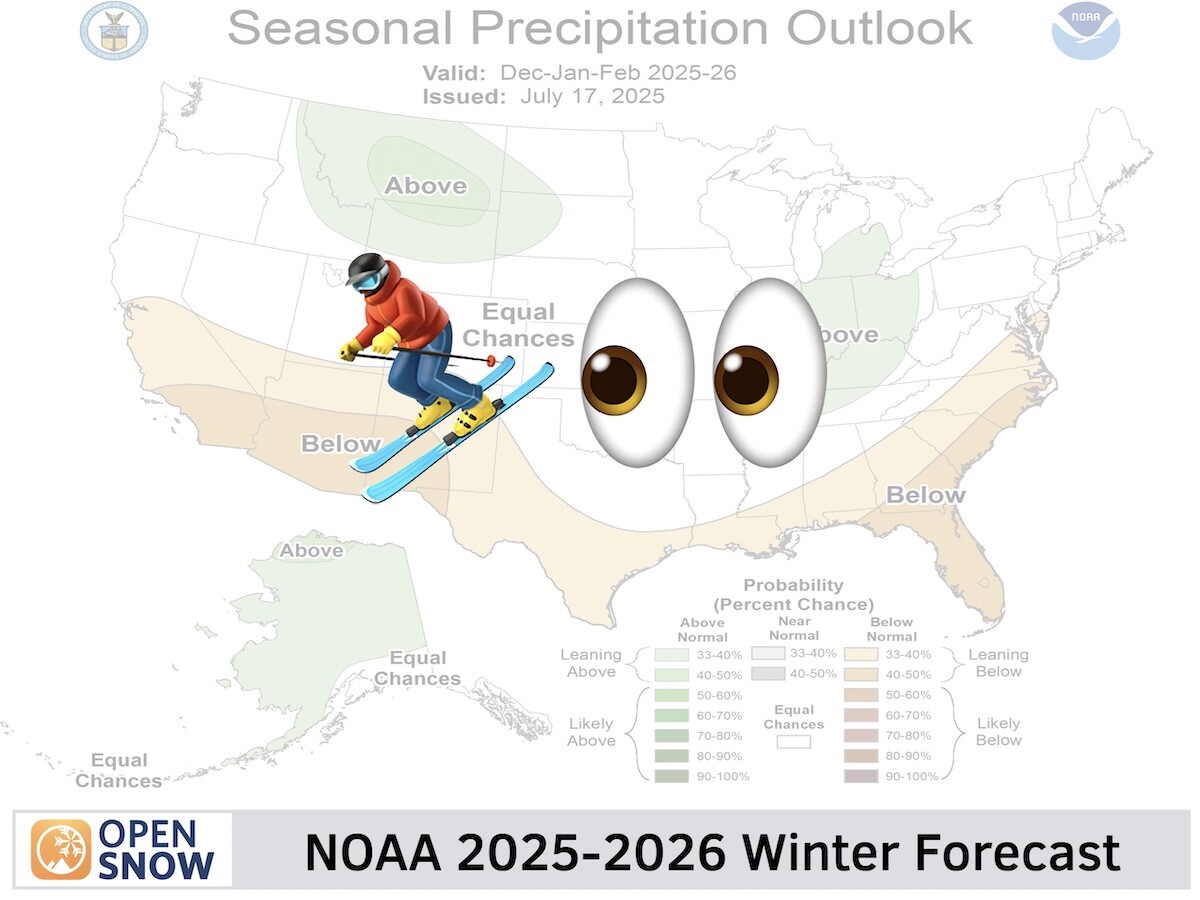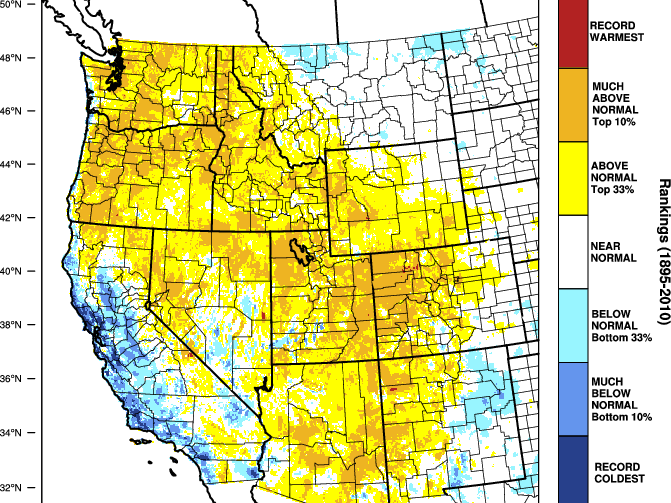News

By Luke Stone, Forecaster Posted 1 year ago September 17, 2023
2023-2024 Europe Winter Forecast Preview
We've recently shared a 2023-2024 North American Winter Forecast Preview, delving into how El Nino can influence temperatures and precipitation during the approaching winter season. We expanded on this seasonal outlook by incorporating Atlantic sea surface temperatures as well, in Part Two of the Winter Forecast Preview.
On the other side of the Atlantic from North America, we explore whether or not there is a link between El Niño and winter weather in Europe, while also taking a look at other climatic factors that can influence ski season in Europe.

El Niño, Explained
The term El Niño refers to the large-scale ocean-atmosphere climate phenomenon linked to periodic warming in sea-surface temperatures across the central and east-central equatorial Pacific.
El Niño represents the warm phase of the ENSO cycle and means that the ocean water temperatures are warmer than average. As of early September, sea surface temperatures are continuing to warm, and confidence is increasing that this will be a strong El Nino episode.
Does El Nino have a similar impact on temperature or precipitation in Europe?
El Nino has limited and less predictable concrete impacts on winter conditions in Europe compared to North America. Studies of correlations between El Nino and Europe climate yield weak and inconclusive results.
The primary explanation for this is the distance between the tropical Pacific Ocean and the continent of Europe.
The atmospheric changes that result from warming or cooling sea surface temperatures (SSTs) in the tropical Pacific have a more direct influence on North America, which borders the Pacific Ocean.
However, due to the large distance between the tropical Pacific Ocean and Europe, the influence of El Nino is less pronounced and less consistent.
Research suggests that the El Nino influences may vary substantially at different points of the winter season in Europe. For example, El Nino favors below-normal temperatures in January and February over the northern part of the continent during weak to moderate El Nino events. However, this signal is typically not present during strong El Nino events.

In totality, with little if any guidance from ENSO, the seasonal prediction skill for winter in Europe is very low. Therefore, we need to examine sub-seasonal atmospheric patterns to reveal winter climate trends in Europe. Two of these primary features are the Arctic Oscillation (AO) and the North Atlantic Oscillation (NAO).
The North Atlantic Oscillation (NAO)
The North Atlantic Oscillation (NAO) is one of the most influential climate cycles in the Atlantic, and describes changes in the strength of two recurring pressure patterns in the atmosphere over the North Atlantic. The image below shows the pressure patterns and impacts on European Winter climate.

Image: Typical weather patterns associated with the negative phase of the NAO are shown in the top left corner, and weather patterns associated with the positive phase are shown in the bottom right corner.
In the high latitudes of the North Atlantic Ocean near Greenland and Iceland, there is typically lower air pressure compared to the surrounding areas. This low-pressure zone is referred to as the sub-polar or Icelandic Low.
Further south, over the central North Atlantic Ocean, air pressure is generally higher than in the surrounding regions. This atmospheric feature is known as the subtropical or Azores High.
During the positive phase of the NAO, the pressure difference between the Icelandic Low and the Azores High is stronger than average. This results in a stronger and more zonal (west-to-east) jet stream across the North Atlantic. The positive NAO typically brings milder and wetter conditions to northern Europe, as shown below.

Image: Weather patterns associated with the positive phase of the NAO (left) and the negative phase of the NAO (right).
In the negative phase of the NAO, the pressure difference between the Icelandic Low and the Azores High weakens. This produces a weaker, meandering, and more meridional (north-to-south) jet stream.
The negative NAO phase is typically associated with colder and drier winter conditions in northern Europe, as well as blocking patterns, which can lead to prolonged wet or dry periods.
The NAO can exhibit both short-term variability on the order of days to weeks and longer-term variability over multiple years or even decades. There is no set time frame for how long each phase will last. The short-term fluctuations can impact weather patterns on a seasonal or even monthly basis.
The Arctic Oscillation (AO)
In the Arctic, there is typically an area of low pressure centered over the North Pole that strengthens during the Winter months. The Arctic Oscillation (AO) is characterized by the fluctuation in the strength and position of this persistent low-pressure system, which is also known as the polar vortex.
During the positive phase, the polar vortex is stronger and more tightly centered over the Arctic region. This results in stronger westerly winds (blowing from the west) at higher latitudes, keeping cold Arctic air confined to the polar region.
The positive phase of the AO is associated with warmer and wetter weather patterns relative to normal in mid-latitude regions, including Europe.
In the negative phase of the AO, the polar vortex weakens, becoming more elongated and disrupted. This allows cold Arctic air to stream further southward into mid-latitude regions.
The negative AO phase is associated with colder and more variable weather conditions in mid-latitude regions, including Europe. The chances of cold outbreaks, snowstorms, and more persistent weather patterns are higher during negative AO phases.

Image: Weather patterns associated with the positive phase of the AO (left) and the negative phase of the AO (right).
The AO can change phases on a monthly or even weekly basis. There can also be longer periods where the AO remains predominantly in one phase or the other. Like the NAO, the AO can exhibit both short-term variability on the order of days to weeks and longer-term variability on the order of months to years.
We will have to wait until we get closer to the Winter to start taking a look at the NAO, AO, and other atmospheric patterns to get an idea of how the early part of the season will play out.
Luke Stone
Forecaster, OpenSnow
About The Author




